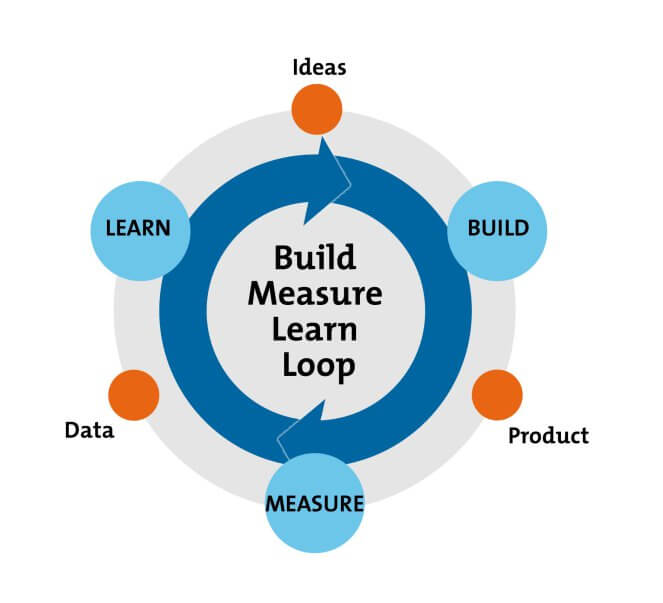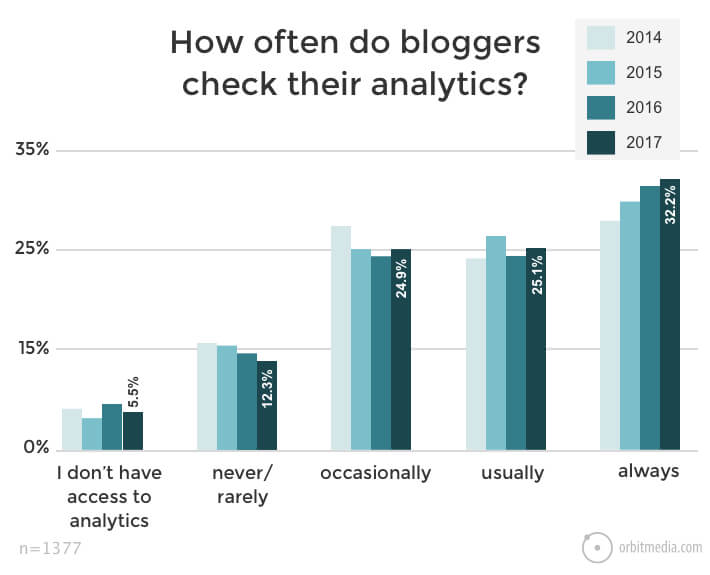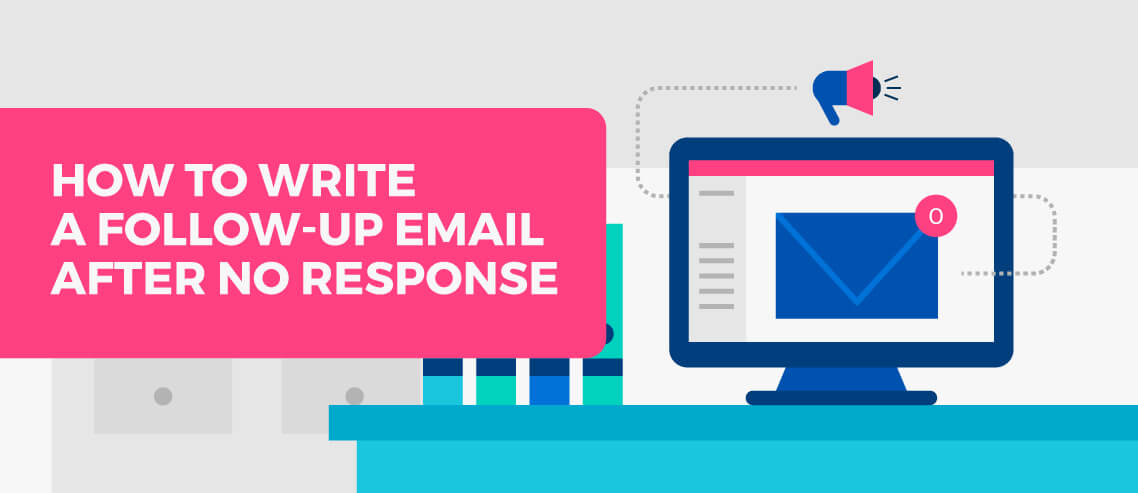Product Validation with Mailshake: The One Click Promotion Story

Contents
A good product idea can conquer the world, right?
If only it were that easy. What seems like a slam dunk to you might be DOA with the only group that matters: your potential customers.
If it doesn’t resonate with them, nothing else matters. Your product will fail.
But don’t let that scare you, as there is a way to combat ‘creator blindness.’ The solution? Product validation. Get real people to confirm and endorse your idea before you spend countless dollars and hours on what might be a dead end.
The general idea behind validation is very straightforward: sell before you build. Using a variety of channels and tactics, you target your ideal customers and get them to commit, purchase, or subscribe (or agree to) based on your pitch and/or prototype alone.
Do that, and your product idea has wings. Traditionally, you might create a landing page and collect emails, organize a focus group and collect feedback, A/B test feature sets and price points, or launch a minimum viable product (MVP) and see what happens.

And yet … that all still feels like a lot of time and effort for something that may ultimately fall on its face.
Is there a better, faster, cheaper way to validate before you do anything else?
The answer according to Jason Quey is a resounding ‘yes.’ And he did it with nothing more than automated cold email.
The Main Character
Jason Quey is the founder of The Storytelling Marketer. He’s a content and influencer marketer, and he has helped his clients increase traffic and revenue by double and even triple digit percentage points. If you’ve got questions or challenges in those areas, Jason has answers and solutions.
As an industry expert, Jason reads a lot of industry blogs and research. He was intrigued by the annual Andy Crestodina survey that revealed bloggers weren’t using Google Analytics effectively, if at all. In 2017, 42% of bloggers said they didn’t use the platform or checked it only ‘occasionally,’ while 5.5% said they didn’t even have access to it.
Those numbers were a bit shocking, especially considering the clear correlation between strong results and checking analytics frequently.
“If I see a drop in pretty much anything (sans bounce rate), I feel like the data is telling me my baby is ugly. That said, you can’t improve what you can’t measure. So we must put on our big girl/boy pants and stare down that data, no matter how insecure and fragile it makes us feel!” ~Annie Cushing, Founder of Annielytics

This was a problem, and Jason wanted to help … somehow. He saw an obstacle and a need – which is always a business opportunity – and believed he had some good ideas on how to reconcile bloggers and analytics.
But were those ideas really the solution bloggers and online creators would want? There was only one way to find out for sure.
He had to ask them.
The Plot
He could have organized focus groups or launched a minimum viable product to validate his ideas, but Jason realized he could accomplish that goal using an old friend: the humble email.
A well-written email template combined with an automated email marketing system would allow him to connect, engage, and interact with dozens of people. Minimum effort, maximum impact and feedback.
And Mailshake was his automation tool of choice.
No Product Pitch
To start with, Jason didn’t email and pitch his product. In essence, there was no product to pitch. He had ideas he wanted to test, and a desire to help bloggers improve their promotion and return-on-investment.
He drafted a simple email and sent it to bloggers and content marketers in his existing network asking them for feedback. What sort of tool or features would they want to help with their use of Google Analytics? Would they be interested in answering a few questions to help create it?
Email #1
Subject: your feedback?
Hey {{first}},
Have you been getting consistent and strong results w/your content lately?
I’m in the process of creating a content marketing tool to help bloggers get consistent results, get more traffic, and track their ROI. I’m reaching out to some of the folks on my list to co-create it with them.
Would you be willing to help me out by taking my simple 12 question survey? 🙂
Best,
Jason Quey, The Storyteller Marketer
The above message was one email in a three-part campaign that included not one but two follow-up emails (always follow up when you don’t get an initial response, and follow up to your follow-up if that still gets no response).
The email was sent to 111 people, but only generated 23 responses. Rather than calling it quits, Jason went back to the drawing board and tweaked his messaging.
Email #2
Hey {{first}}!
I’m looking to create a content promotion tool to help marketers optimize their content marketing to get more traffic, increase efficiency, and track their ROI from their content.
I respect your work and would love your insight to help me shape this tool. Would you be willing to hop on a 20 minute call and answer some questions I have?
I have a Google form if you want to help, but can’t do a call, just let me know.
Best,
Jason Quey
The result? 87 responses out of a possible 121. By making his initial message more flattering (i.e. personalized) and offering two convenient ways to participate – thereby removing friction and hesitation – he generated 3.8x more responses. Not a bad return on a quick rewrite.
The takeaway? It’s always a worthwhile investment to tweak and follow cold email best practices. Read up on it, or take an online course.
He crafted a message that was all about them, complete with an invitation to help design a product that would improve their lives. What’s not to like?
The Plot Thickens
Those 87 that responded next received a short email with either the Google Form or phone call scheduling link and a quick thanks.
As a result of those surveys and video or phone chats, Jason received invaluable insight and feedback into the problems and solutions that would work best for the bloggers themselves. No guessing, no assumptions – just answers straight from the source.
His conversations led to the creation of seven potential solutions. Of those, he zeroed in on three, and then reduced those to two “finalists” based on his own intuition and expertise.
But he still needed validation on which one was the true winner.
And email could provide that, too.

The Denouement
Jason sent another email out via Mailshake that shared the two final options and asked for feedback, preference, and price point (how much would they be willing to pay for such a solution?).
Email #3
Hey {{first}}!
Thanks for filling out my survey for my new tool.
Based on your feedback, there are two tools I’m thinking of creating, and I’d love to give you a sneak peek and see which you want most! (You can check them out here).
Given your response, I think you’d benefit from both, but be most interested in the Simple Analytics Dashboard, which will allow you to know what’s happening with your content and what to do next to get more traffic, leads, and sales.
Would you be willing to fill out this eight-question survey by Friday so I know which tool is the one that solves the biggest problem?
Whichever product gets the most votes by the 18th will be the tool I will pre-sell and start building.
In short, one tool allows you to promote across all channels and auto-adds UTMs with one click. The other tool is an analytics dashboard that helps you to find and optimize your best content to get more traffic, leads, and sales.
I hope all is well!
Best,
Jason Quey
With just a few email templates and an automated email system, Jason had gone from wanting to help, to seven general ideas, to pitching two detailed and refined tools based on real feedback and insight. They were tools designed by the people he would be targeting to purchase them.
When the polls closed and the votes were counted, he had a validated product that the majority of the bloggers and writers he had contacted had helped to create, and wanted to buy.
One Click Promotion.
Jason sent out one last email to everyone who had demonstrated their interest by responding to the previous emails and participating in his survey. He presented the main benefits, and offered a pre-sale discount complete with additional freebies to sweeten the deal.
Keep in mind, he still had no launch-ready product. Just the promise of a product.
Did it work? 11 ended up purchasing during the pre-sale push. That’s a close rate of 9% for a product that didn’t exist outside of their conversations. That’s validation. And a win.
Jason kept his “asks” simple and quick: just a short chat or survey, followed by a shorter survey based on results, a vote on the two finalists, promotion, and a pre-sale push.
And Mailshake was instrumental in validating, refining, and selling the tool. A targeted campaign, an automated system, and a very low “ask” delivered not one but two validated products to develop (he plans to launch the runner-up, Simple Analytics Dashboard, in the near future).
Jason Quey did it. And so can you.




